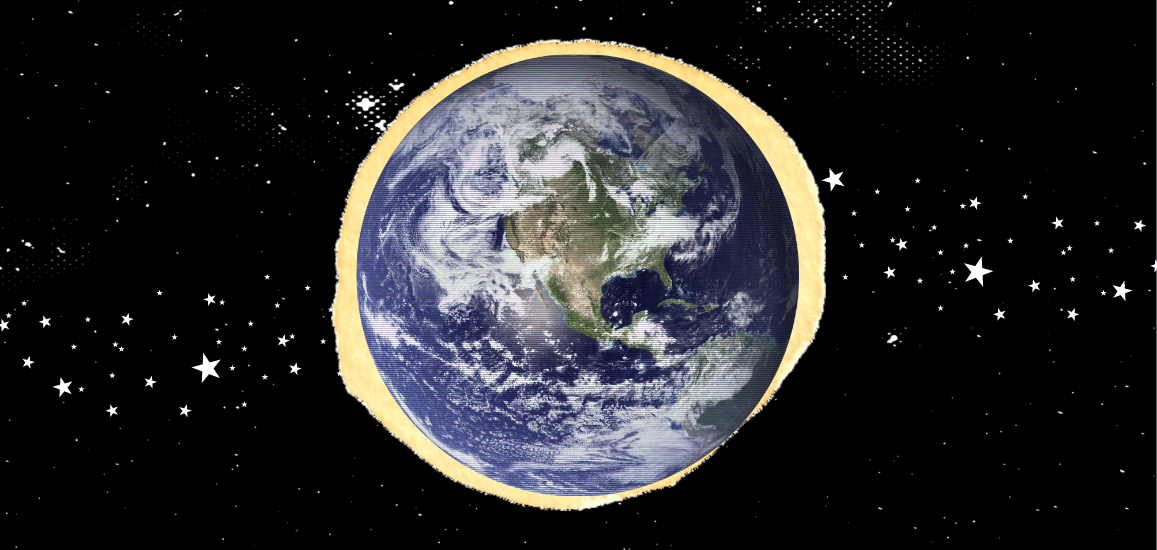The warmth of sun on your skin. The flick of a sea otter’s tail. The earthy smell of rain falling on dry soil. All this can sometimes feel a million miles away from the bureaucracy and legalese of the judicial system. And yet, what happens in the courts can have a profound effect on everything from the air we breathe, to the water we drink, to the land on which we live and thrive.
When it comes to using the law in service of the planet, Ecojustice takes a two-pronged approach. Our lawyers litigate, taking governments and corporations to court when they break the law. Outside the courtroom, our experts join forces with Ecojustice supporters to put pressure on politicians. Together we push for better laws, ones that are fit for purpose.
The legal landscape
Existing laws are not written in stone, and we need to refresh them when new science emerges. For instance, the Canadian Environmental Protection Act (CEPA) hasn’t been touched in more than two decades. In those 20-plus years, we’ve developed a much more sophisticated understanding of how poor regulation of chemicals and pollution can harm human health. That’s why we’re demanding politicians update the law as soon as possible.
To make things more complicated, Canada’s colonial roots mean that we’re seeking justice within a racist — and therefore unjust — system of laws. Navigating this reality is a constant, evolving conversation for our team. We don’t have all the answers. What we do know is that when it comes to tackling the climate and ecological crises, everyone has their part to play.
For some it will be attending marches, writing their MP, or even running for office. For Ecojustice, we use the law (imperfect as it is) to make enduring, strategic changes.
Climate litigation on the rise
According to a 2021 report on global trends in climate change litigation, the odds are actually in our favour. Researchers Joana Setzer and Catherine Higham of the Grantham Research Institute on Climate Change and the Environment found that of all decided cases, “58 per cent of cases had outcomes favourable to climate action, compared to 32 per cent with unfavourable outcomes and 10 per cent with no discernible likely impact.”
That’s more hopeful than the average doom-scrolling session would suggest.
Perhaps you’re wondering: If climate litigation is so effective, why has it taken so long to gain traction? Well, the answer lies somewhere between ‘courts move slowly’ and ‘because science’. In recent years, evidence that climate change is caused by humans has become undeniable, making it easier for lawyers to prove their cases.
With each victory, laws are also strengthened and expanded. Public opinion shifts. The climate crisis moves up the political agenda. Take the 2015 ruling by a Dutch court, which stated that the Netherlands’ government has a duty of care when it comes to protecting its citizens from climate change. That unprecedented, and frankly unexpected, judgement was a pivotal moment. It inspired campaigners the world over — including at Ecojustice — to pursue similar cases.
“It shifts the whole debate,” said Jasper Teulings, the then General Counsel/Advocaat at Greenpeace International. “Other cases are being brought in Belgium, the Philippines. This is the start of a wave of climate litigation.”
Sure enough, it was. Since 2015, the number of climate change-related cases has more than doubled worldwide.
Rights of Nature
Although it’s early days, Rights of Nature is a concept that has the potential to reshape environmental law and, by extent, the future of the planet.
Last year, the Innu Council of Ekuanitshit and the Minganie Regional County Municipality declared the Muteshekau Shipu (Magpie River) a legal person. It was a Canadian first — although the idea of nature being sentient certainly isn’t new to Indigenous Peoples.
In its current form, Rights of Nature is a global movement arguing for ecosystems to be provided with legal standing to defend itself. After all, if corporations can have rights, why shouldn’t rivers and watersheds?
The term can be traced back to a 1972 article by Professor Christopher Stone titled, “Should trees have standing — toward legal rights for natural objects.” The concept uses western legal constructs (the concept of “rights”) to change how the judicial system views nature, allowing for a shift from nature as “property” to nature as having inherent rights like you or I.
In 2008, Ecuador became the first country to recognise the rights of nature in its constitution. Soon, other countries including New Zealand, India, and Columbia were making headlines for granting legal personhood to natural entities. Just this year, Panama became the latest country to enact a Rights of Nature law, giving environmentalists there a new tool to fight ecological harm.
So, laws will save us from planetary breakdown?
Yes and no. We can only hold governments and corporations accountable to laws that already exist, and then push for continual improvements. Think of the law as less magic wand and more screwdriver – it’s one essential tool in the kit.
We’ll need the whole toolkit if we’re to sustain a global systems change.
As the most recent Intergovernmental Panel on Climate Change (IPCC) report makes clear, our window of opportunity to secure a brighter environmental future is shrinking. But we still have time. We need Indigenous knowledge keepers, water protectors and land defenders. We need activists, policymakers, and scientists. We need everybody, working together for a safer, healthier world.
In short, we need you.




